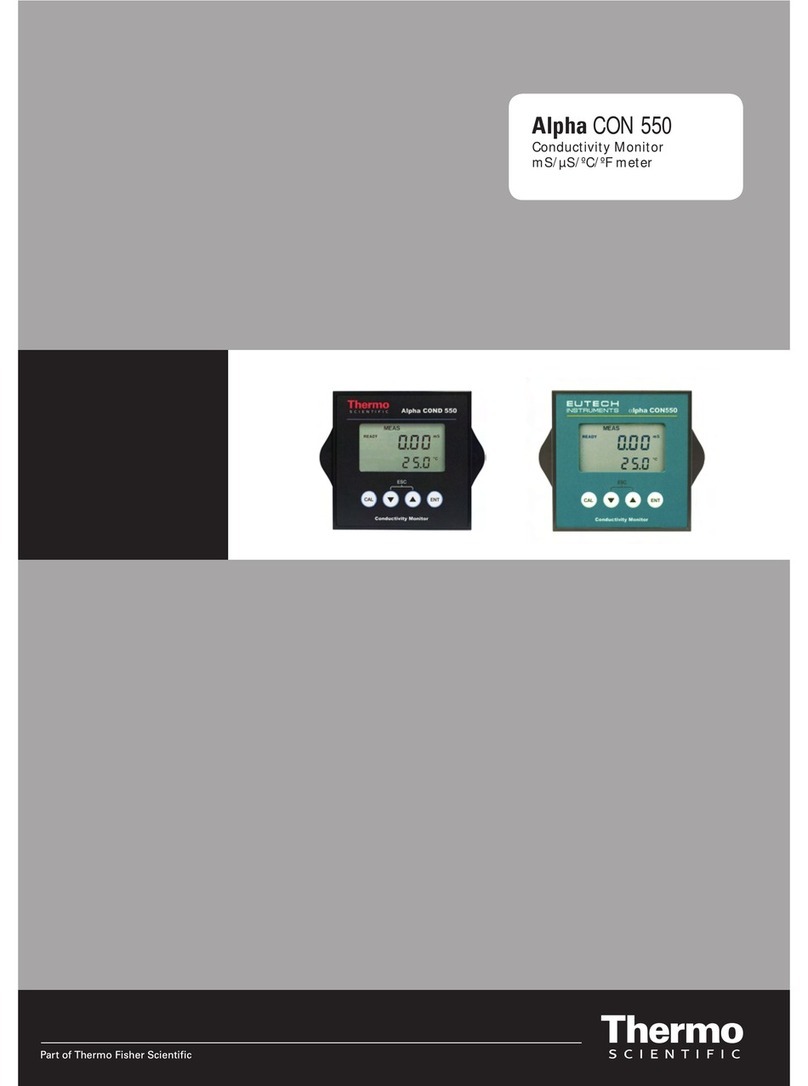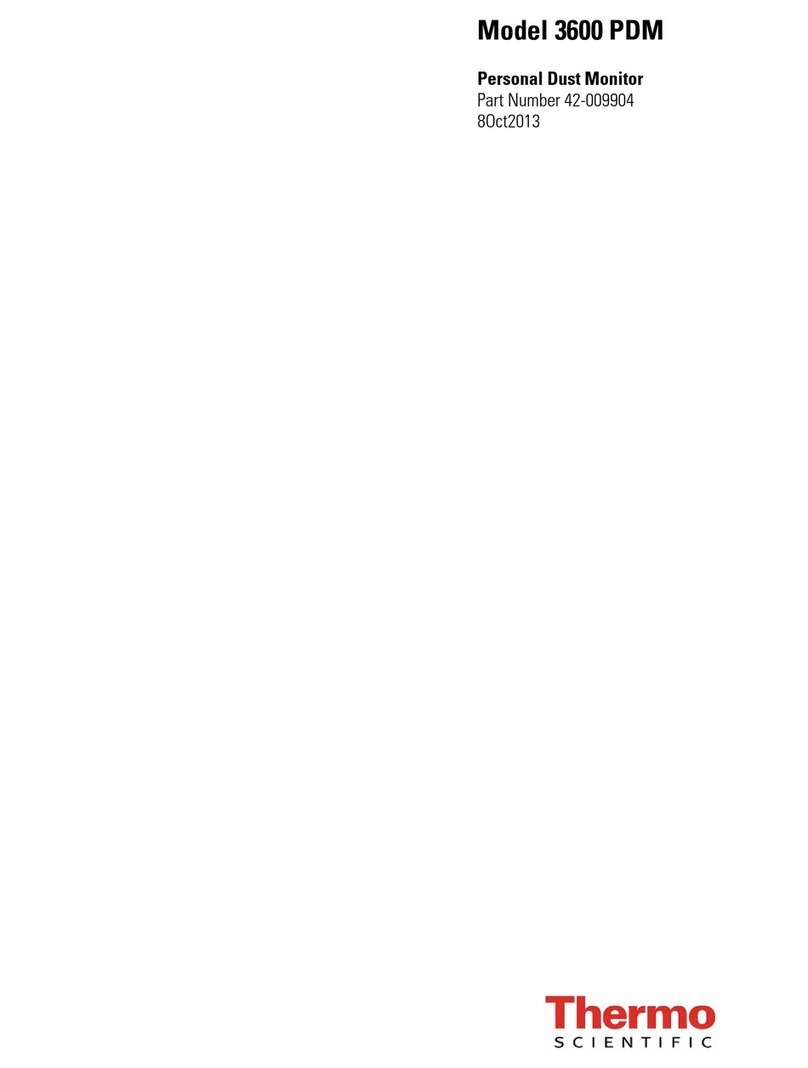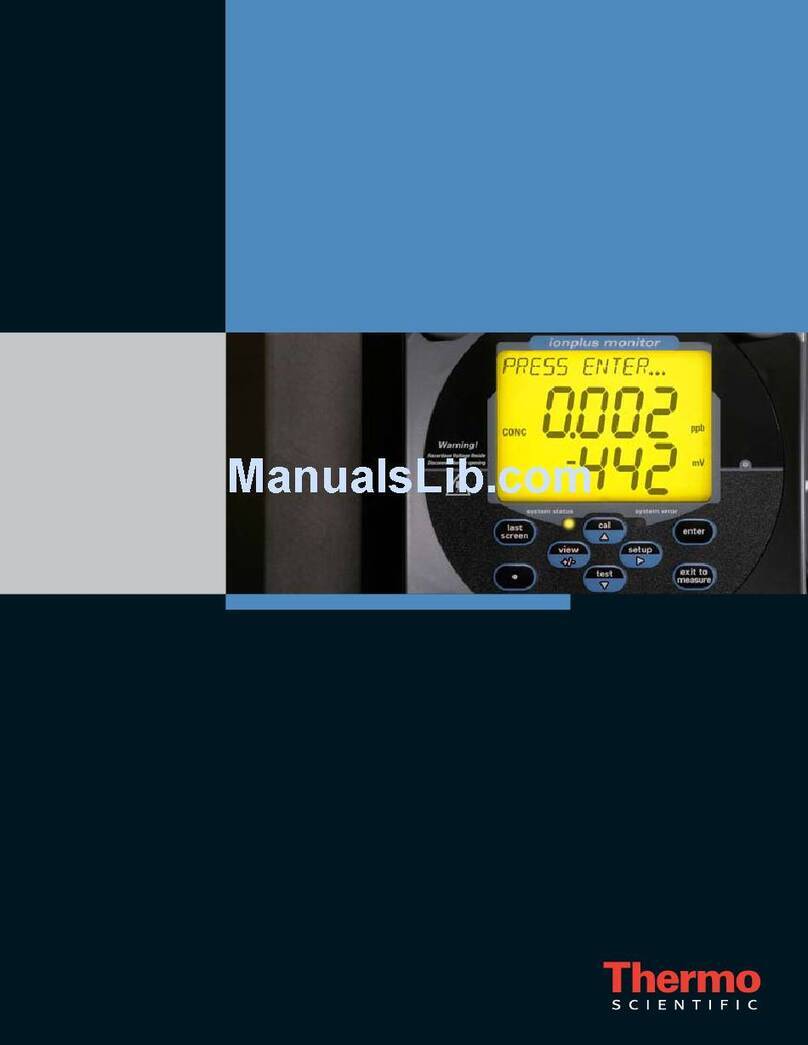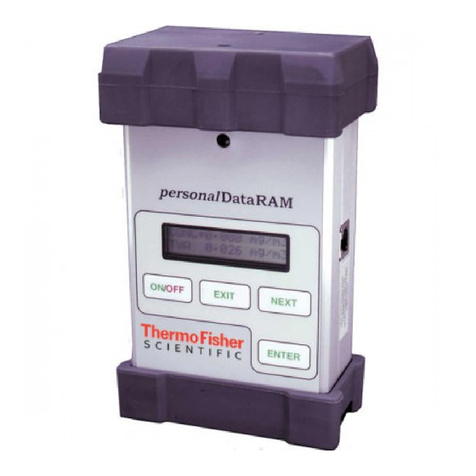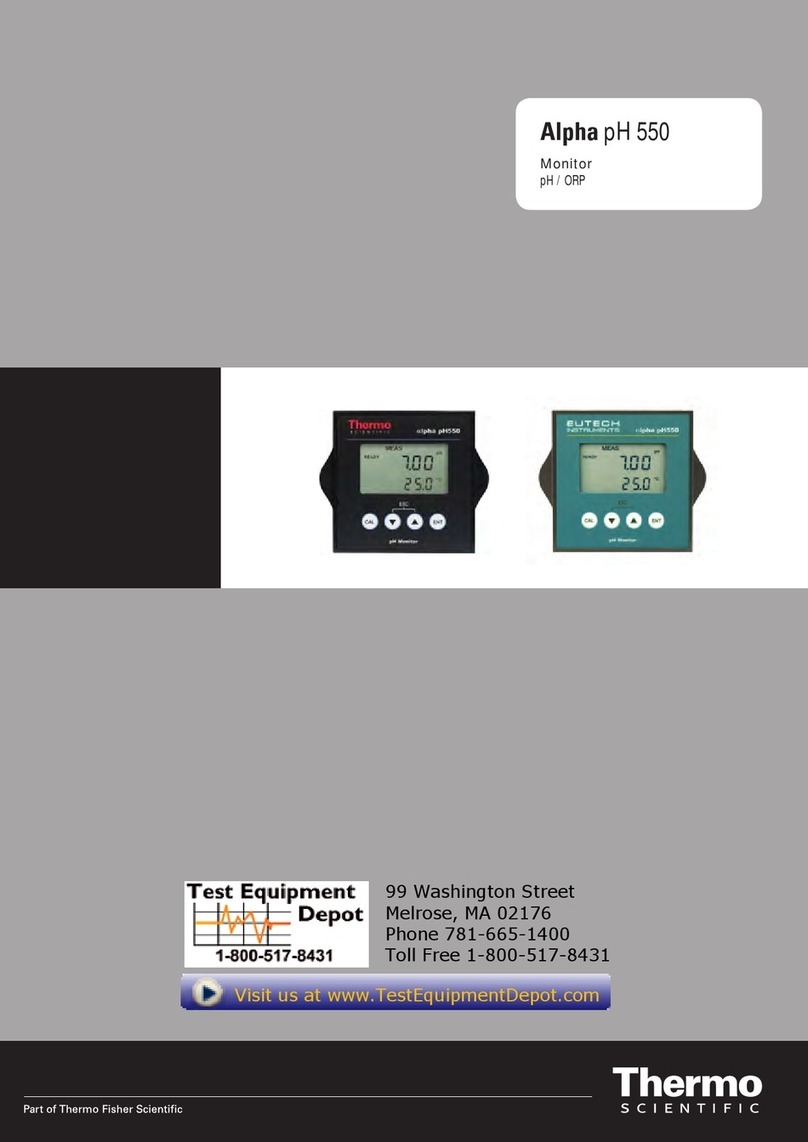TABLE OF CONTENTS
1. Introduction ...........................................................................................................1
1.1 Before You Begin................................................................................................................... 1
1.2 Intended Use.......................................................................................................................... 1
1.3 Safety Instructions.................................................................................................................. 2
1.4 Taking Out of Service / Correct Disposal of the Unit ............................................................. 2
2. Getting Started ......................................................................................................3
2.1 Description of Instrument ....................................................................................................... 3
2.2 Measurement System ............................................................................................................ 4
2.3 Connecting Peripherals.......................................................................................................... 5
2.3.1 Connection Terminals.................................................................................................... 5
2.3.2 Switching Between Pt100 & Pt1000 Temperature Sensors.......................................... 6
2.3.3 Connecting Conductivity Probe..................................................................................... 7
2.3.4 Connecting Temperature Probe.................................................................................... 7
2.4 Installation.............................................................................................................................. 8
2.4.1 Mechanical Dimensions................................................................................................. 8
2.4.2 Wall Mount..................................................................................................................... 8
2.4.3 Panel Mount................................................................................................................... 9
2.5 Display & Keypad................................................................................................................. 10
2.5.1 Display Overview......................................................................................................... 10
2.5.2 Key Functions.............................................................................................................. 11
3. Operation .............................................................................................................12
3.1 Measurement mode ............................................................................................................. 12
3.2 Menu Overview .................................................................................................................... 13
4. Calibration Mode .................................................................................................14
4.1 About Calibration.................................................................................................................. 14
4.2 Calibration............................................................................................................................ 15
5. Setup Mode..........................................................................................................17
5.1 Enter Setup mode ................................................................................................................17
5.2 Temperature Coefficient Settings......................................................................................... 18
5.3 Temperature Settings........................................................................................................... 19
5.4 Measuring Range Settings................................................................................................... 21
5.5 Configuration Settings..........................................................................................................22
5.6 Viewing Electrode Properties............................................................................................... 24
6. Technical Specifications.....................................................................................25
7. List of Accessories .............................................................................................27
8. Troubleshooting..................................................................................................28
9. General Information ............................................................................................29
9.1 Warranty............................................................................................................................... 29
9.2 Return of Goods................................................................................................................... 29
9.3 Guidelines for Returning Unit for Repair.............................................................................. 29
10. Appendices.......................................................................................................30
10.1 Appendix 2 Conductivity of various aqueous solutions....................................................... 30
10.2 Appendix 4 - Abbreviations Used in LCD............................................................................. 31

